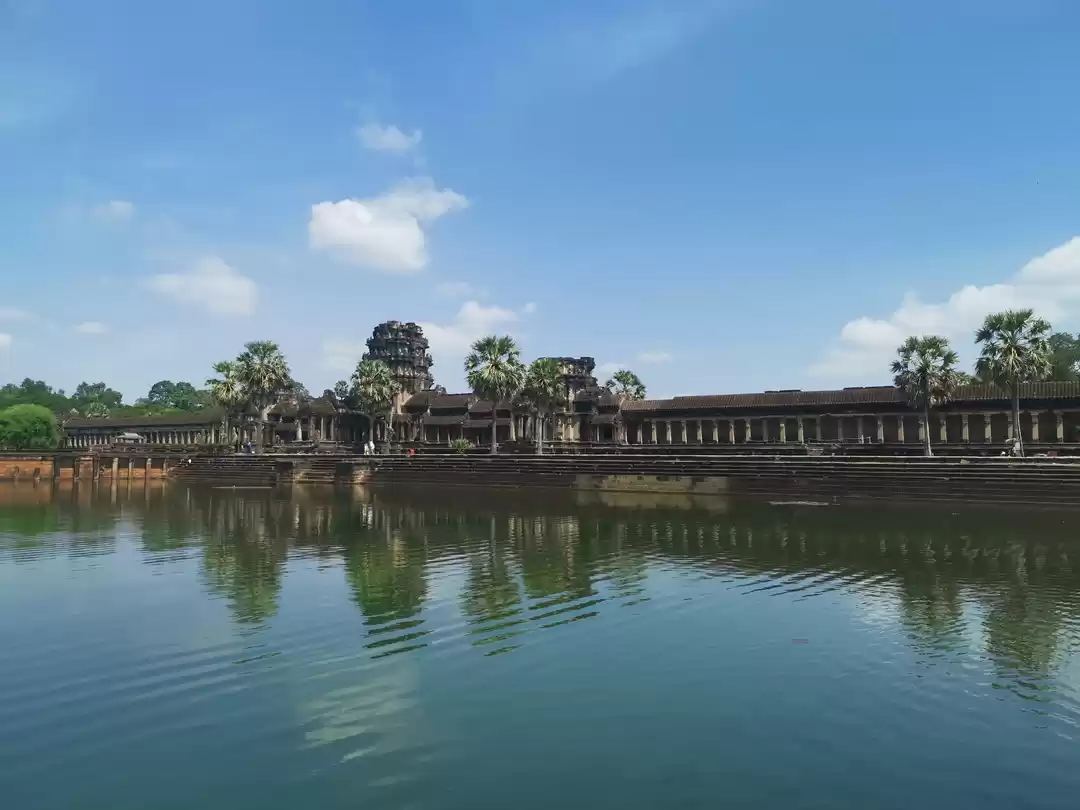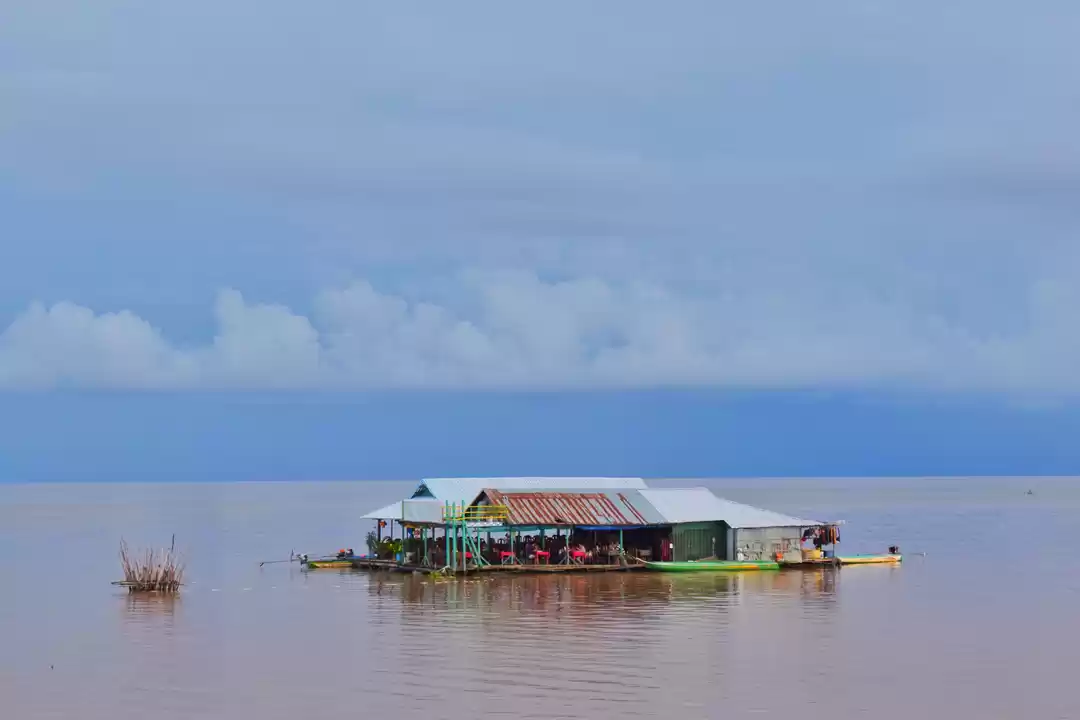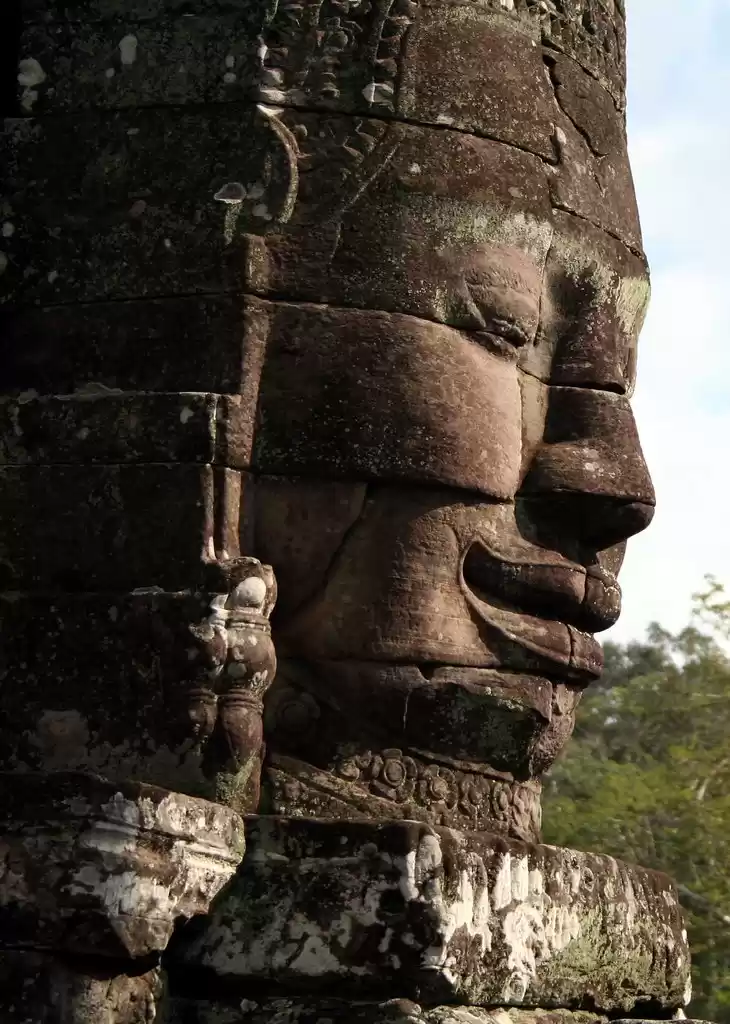








The Tonlé Sap is the largest fresh water lake in South East Asia. We visited this are for a day. More than three million of Cambodian population is inhabited around the bank of this lake and 90% of them earn a living by catching fish and making agricultures. The lake is also an important commercial resource, providing more than half of the fish consumed in Cambodia. I got to know that this lake is very unusual as its flow changes direction twice a year. In addition to this flow aspect, the portion that forms the lake expands and shrinks dramatically with the seasons. From November to May, Cambodia's dry season, the Tonlé Sap drains into the Mekong River at Phnom Penh. However, when the year's heavy rains begin in June, the Tonlé Sap backs up to form an enormous lake.
You can easily purchase one guided tour and your guide will give you a detailed tour of this lake and importantly Kampong Phluk (or may be other floating villages on The Tonlé Sap). Kampong Phluk is a commune and village in Siem Reap Province in northern-central Cambodia. It is a village built on stilts on the Tonlé Sap. The name means "Harbor of the Tusks". People’s livelihoods are deeply linked to the lake and are based on subsistence farming and fishing.
On several occasions, I observed that the Cambodian population inhabited around the bank used the lake water for cooking and household purpose & at the same time considered the lake as their restroom. The water is very dirty and high density of insects and mud can easily be seen. Poverty touches everybody.
Despite their pretty bad environment, the village stands as a community (it's kind of united too), connected by floating staircases and hanging walkways and bridgeways that made moving around afoot possible when the ground was nowhere to be seen. There were even large decks where I imagined the children would play, or families would gather. There is a medical facility which they call as hospital (we donated ~100 SGD there, you should also do the same - they survive on donations). And of course, there are always the boats that can bring them to the farthest reaches of their neighborhood or take them out to the lake.
I consider this visit a must-see in Cambodia, both for its visual value and its lessons on resilience.
Photo credit: Swyl Saksena (amazing friend from Dell, Singapore)
Frequent Searches Leading To This Page:-
tonle sap lake cambodia, tonle sap lake tour, the tonle sap experience, tonle sap cambodia floating village, tonle sap lake in cambodia

































